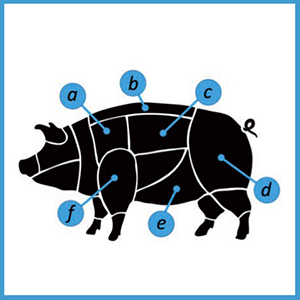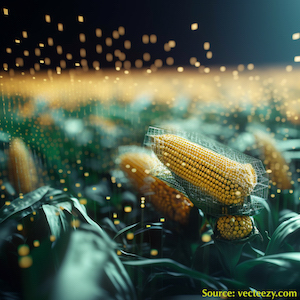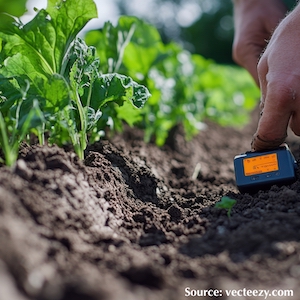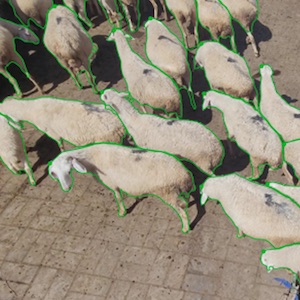Artificial intelligence to boost traceability systems for fraud prevention in the meat industry

All claims expressed in this article are solely those of the authors and do not necessarily represent those of their affiliated organizations, or those of the publisher, the editors and the reviewers. Any product that may be evaluated in this article or claim that may be made by its manufacturer is not guaranteed or endorsed by the publisher.
Accepted: 5 August 2022
Authors
Traceability was introduced about twenty years ago to face the worldwide spread of food safety crises. Traceability data flow associated with each lot of food products during any production and/or delivery phases can also be used to guarantee product authenticity. For this purpose, it is necessary to protect the data from cyber intrusions and, at the same time, to guarantee the integrity of the bond between the physical product and the data. Price grading related to quality perceivable or credence attributes attracts criminals to attempt item substitution fraud. Improved track and trace technologies supported by artificial intelligence (AI) could highly enhance systems’ capability to detect authenticity violations by product substitution. This paper proposes an innovative method based on AI, to reinforce traceability systems in detecting possible counterfeiting by product substitution. It is an item-based mass balance method that analyses the congruity of the traceability data flows not by using explicit (even stochastic) rules but by exploiting the learning capabilities of a neural network. The system can then detect suspect information in a traceability data flow, alerting a possible profit-driven crime. The AI-based method was applied to a pork slaughtering and meat cutting chain case study.
How to Cite

This work is licensed under a Creative Commons Attribution-NonCommercial 4.0 International License.










